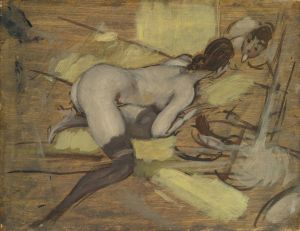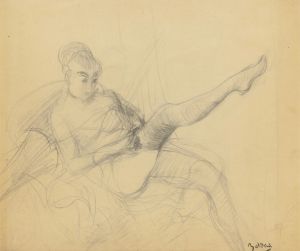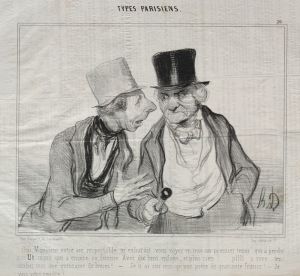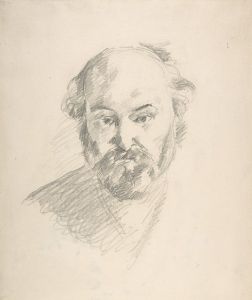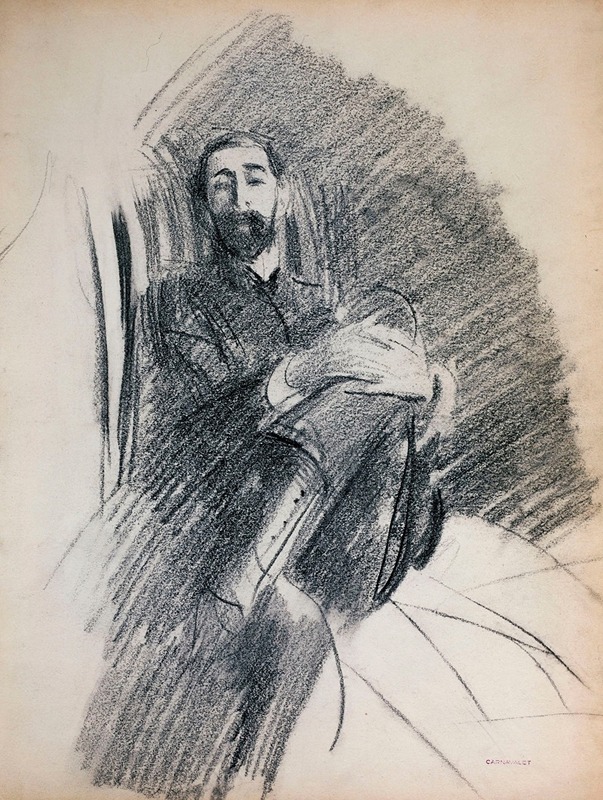
Homme assis
A hand-painted replica of Giovanni Boldini’s masterpiece Homme assis, meticulously crafted by professional artists to capture the true essence of the original. Each piece is created with museum-quality canvas and rare mineral pigments, carefully painted by experienced artists with delicate brushstrokes and rich, layered colors to perfectly recreate the texture of the original artwork. Unlike machine-printed reproductions, this hand-painted version brings the painting to life, infused with the artist’s emotions and skill in every stroke. Whether for personal collection or home decoration, it instantly elevates the artistic atmosphere of any space.
Giovanni Boldini was an Italian painter known for his dynamic and elegant portraiture, which captured the spirit of the Belle Époque. Among his works, "Homme assis" is a notable painting that exemplifies his style and technique. Boldini was born in Ferrara, Italy, in 1842 and later moved to Paris, where he became a prominent figure in the art world. His work is characterized by a fluid brushstroke and a keen ability to capture the personality and vitality of his subjects.
"Homme assis," which translates to "Seated Man," is a portrait that showcases Boldini's mastery in depicting the human figure with both realism and a sense of movement. The painting features a man seated, likely in a relaxed pose, which is typical of Boldini's approach to portraiture. His subjects often appear at ease, reflecting the artist's ability to create a comfortable atmosphere for his sitters. This technique allowed Boldini to capture more than just the physical likeness of his subjects; he was able to convey their character and social standing.
Boldini's use of color and light in "Homme assis" is indicative of his broader body of work. He often employed a palette that was both vibrant and subtle, using contrasts to highlight the features of his subjects. The play of light and shadow in his paintings adds depth and dimension, bringing the figures to life. This approach can be seen in "Homme assis," where the interplay of light likely accentuates the contours of the sitter's face and clothing, creating a dynamic composition.
The background in Boldini's portraits, including "Homme assis," is typically understated, ensuring that the focus remains on the subject. This technique allows the viewer to engage directly with the sitter, emphasizing the personal connection between the subject and the observer. Boldini's ability to draw the viewer into the world of his subjects is one of the reasons his portraits remain compelling.
Boldini's influence extended beyond his technical skills; he was part of a broader movement of artists who were redefining portraiture in the late 19th and early 20th centuries. His work was celebrated for its modernity and its ability to capture the essence of an era marked by social and cultural change. "Homme assis" is a testament to Boldini's place within this artistic milieu, reflecting both his individual talent and his contribution to the evolution of portrait painting.
While specific details about the sitter in "Homme assis" may not be widely documented, the painting remains an important example of Boldini's work. It reflects his ability to blend traditional portraiture with a modern sensibility, making his subjects timeless. Boldini's legacy continues to be appreciated by art historians and enthusiasts alike, and his portraits, including "Homme assis," are celebrated for their elegance, vitality, and insight into the human condition.









